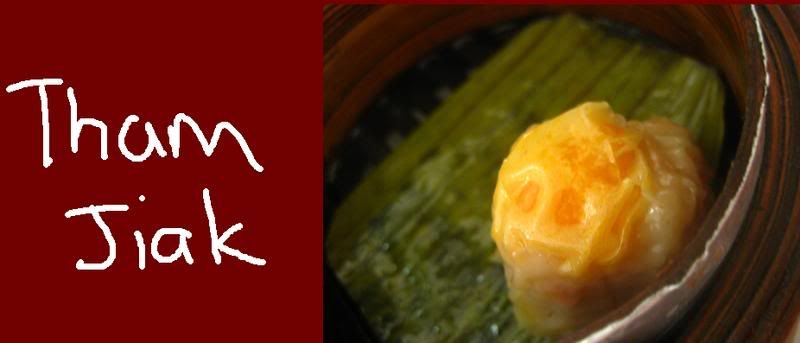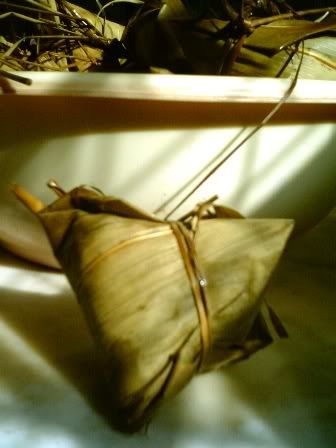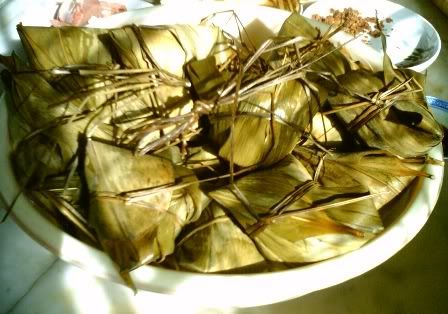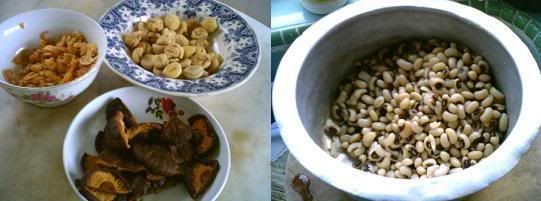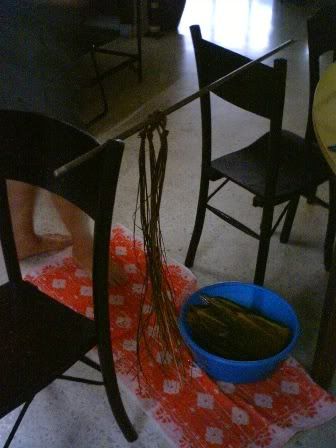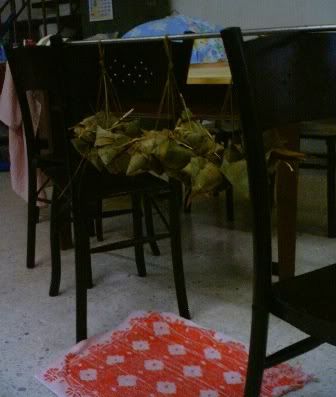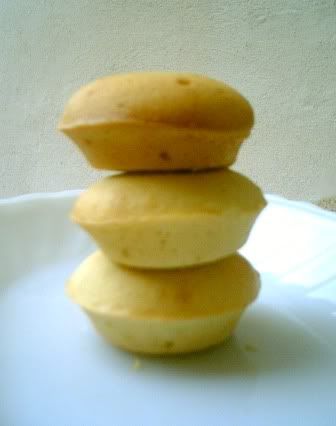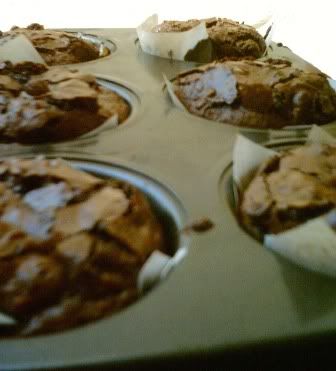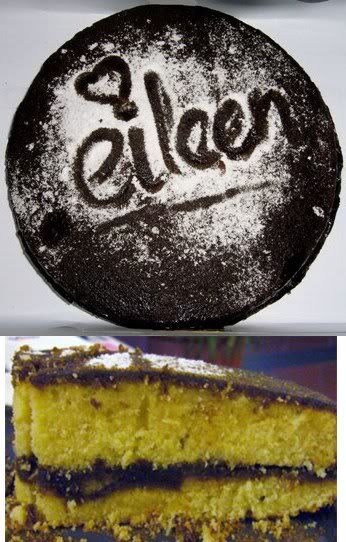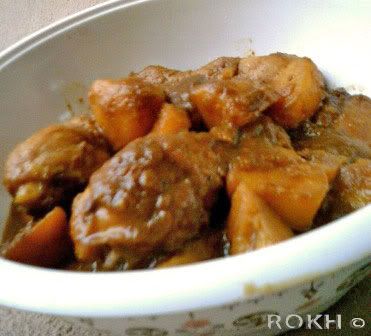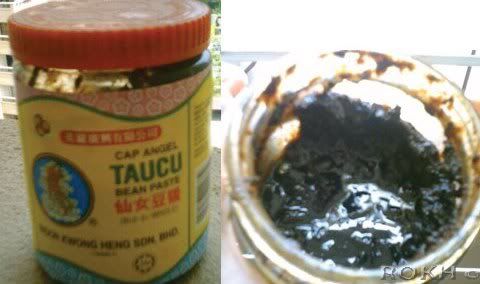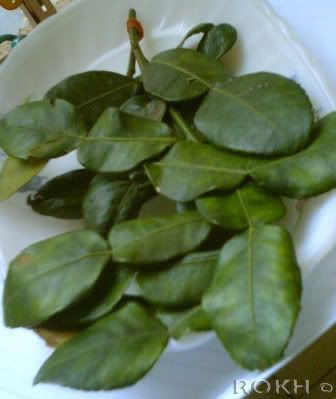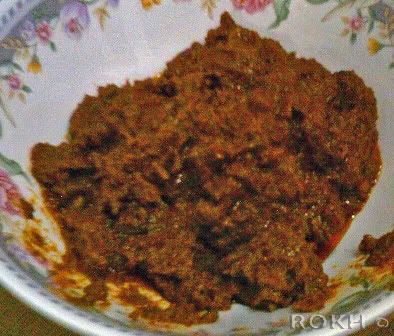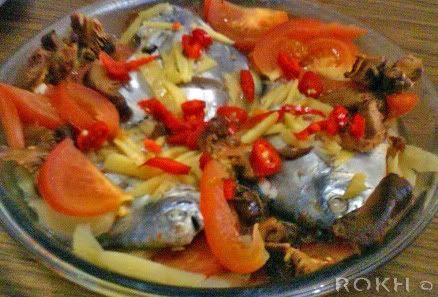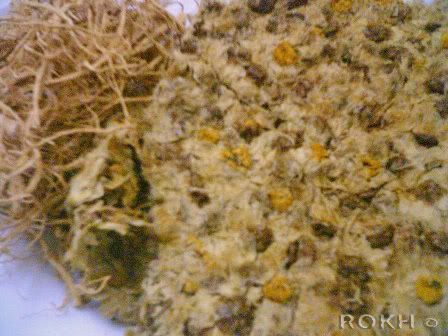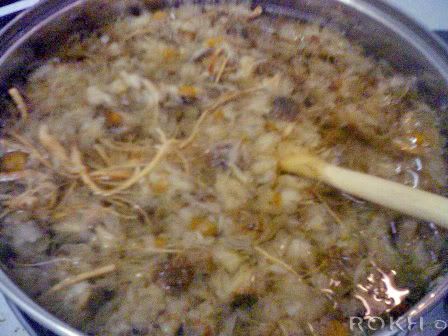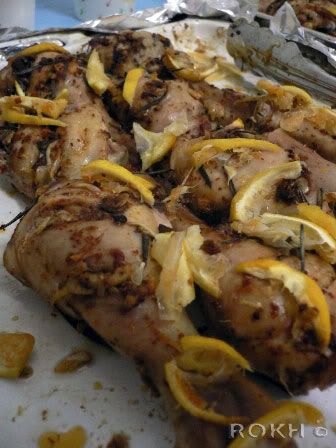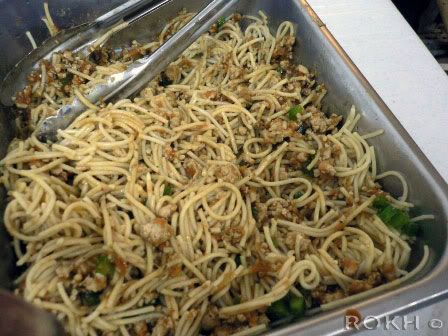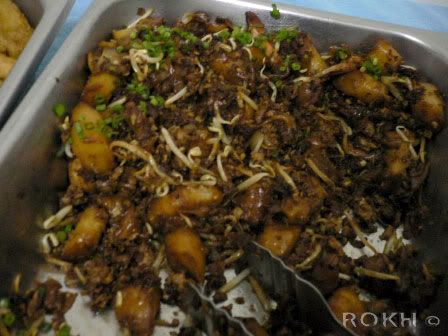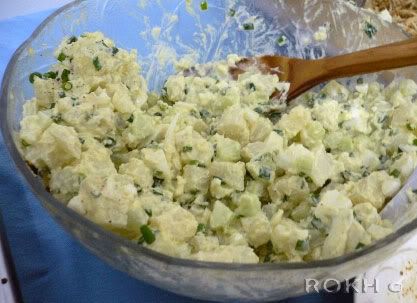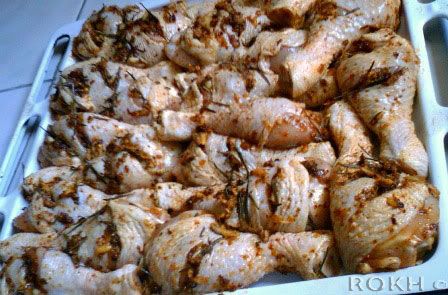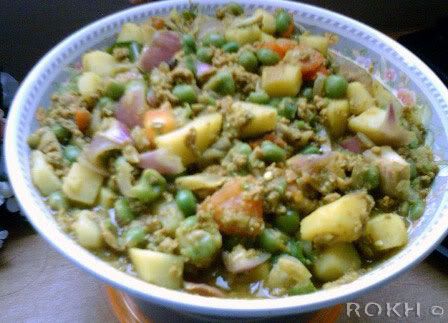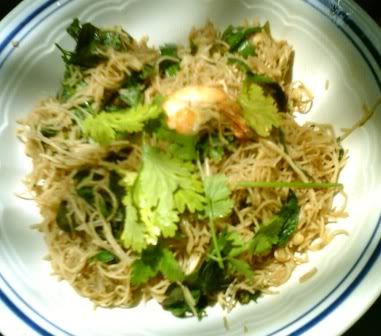
But this time, as per recipe I would be cooking it slightly at the end and then garnish it with more parsley. This dish also features a lot on the limau purut (kaffir lime leaves) which I had blog before on of those long-time-ago herb blogging. This time I am making a dish from the Thai cuisine. Thai is one of my favourite Asian cuisines, apart from Chinese and Indian, and also not to mention Vietnam. Thai is famous for its sweet, sour and spicy cuisine, complex in taste yet light on the palate.
So since these are my last few days of freedom, and usually being alone during the day, I decided to whip up a light lunch. Flipping through the recipes, I was drawn towards making my very own

I remembered having this dish before but I cannot recall where. Nevertheless, I know it would be good, as reading the ingredients made my mouth water. This dish can be chow (fried) with other meats such as chicken or beef but this time I am using prawns, since Tesco is having a huge sale on prawns, and it seem to be more authentic this way. Then of course there must be the fish sauce, which is the main flavouring agent in this dish. You can also substitute it with soy sauce, if you don’t have it. Oh ya, I wanted to get glass noodles for this, but I cannot seem to find it in Tesco, thus I bought brown rice vermicelli instead, just for the sake of nutrition, hence the darker looking Pad Thai. Since this recipe have many variations, and you can add many ingredients or omit them, I would list down the alternatives too and do take note everything is in estimation, after all, this is done with Asian cooking style (if you don’t know what style, it is the dump, fry and taste style). Enjoy.
200g of noodles (rice vermicelli or glass noodle)
12-15 Prawns (I forgot how much I bought, but lets say two big fistfuls)
Bunch of mushrooms (sliced thinly)
1 fistful of Chinese parsley (stems removed)
1 fistful of kaffir lime leaves (roughly teared up)
1 bunch of Chinese chives or scallions (green parts only, cut up 1 inch long)
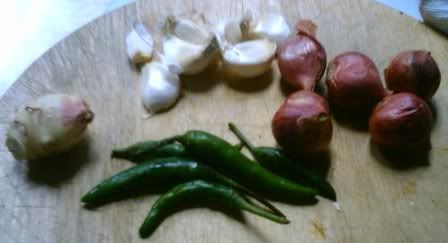
5 shallots
5 cloves of garlic
1 20inch cube of fresh ginger
(all above peeled and slice then grind)
Fish sauce to taste
3 tbps of oyster sauce
1 lime (zest and juice)
1 Tbsp tamarind (soak in some water)
Sugar to taste
Some broth or water
Oil
Garnish:
½ cup unsalted peanuts
1 fistful of chopped parsley (stems removed)
Variations (substitute or add in):
1 boneless chicken breast, sliced thinly, marinated with fish sauce for bout half hour
2 blocks of firm tofu, sliced thinly (I should have added this, I love tofu)
1 egg
Pepper to taste
Fistful of bean sprouts
Banana flower
First soak the noodles in warm water until soften, then drain
Grind up the spices – chillies, shallots, garlic and ginger
Remove the parts of the prawns that you do not like, I left on the shell and tail plus half the head, legs removed of course.
Then heat up the wok in about 3 tablespoons of oil.
Throw in you paste and fry briskly, till the aroma is all over your kitchen.
Then add in the prawns and fry quickly till slightly red
Add in mushrooms, give a quick fry as it wilt quickly
Add fish sauce to taste
Now add in the drained noodles, fry until slightly limp (careful that it does not stick to your wok but still the heat must be high, else it will turn watery)
If using egg, push aside the noodle and crack in an egg, scramble till cook and then fold into the noodles
Then add in fish sauce, sugar and pepper to taste and tamarind plus its water
Then fry some more till a little dry, then lower the heat a little
Add in oyster sauce and stir till combine
Add in the scallions or chives, lime leaves and parsley, stir fry a little more
Off the fire, dish up and serve, garnish with chopped peanuts and more parsley and a lime wedge if needed.
Serves 3-4 people for lunch
